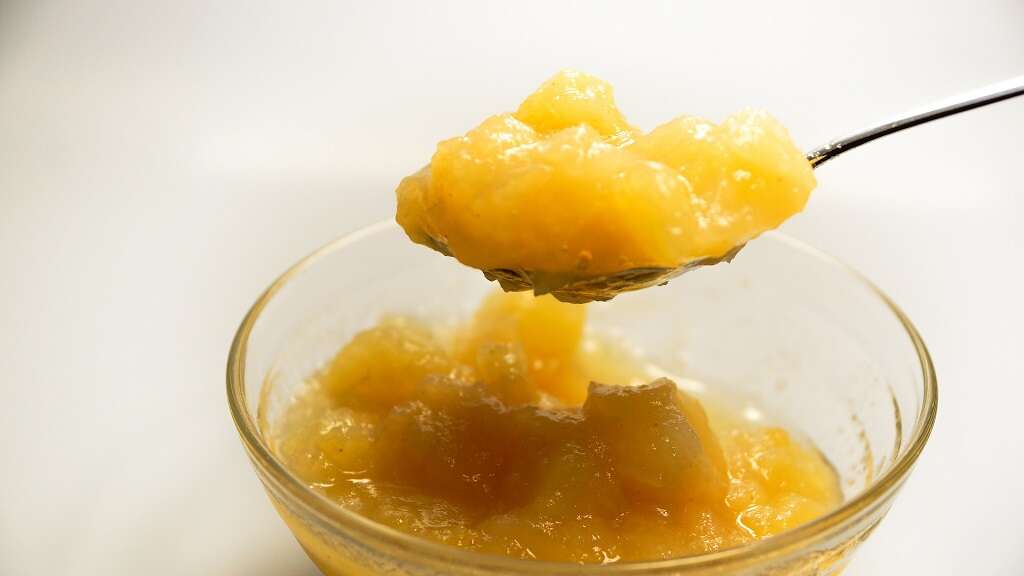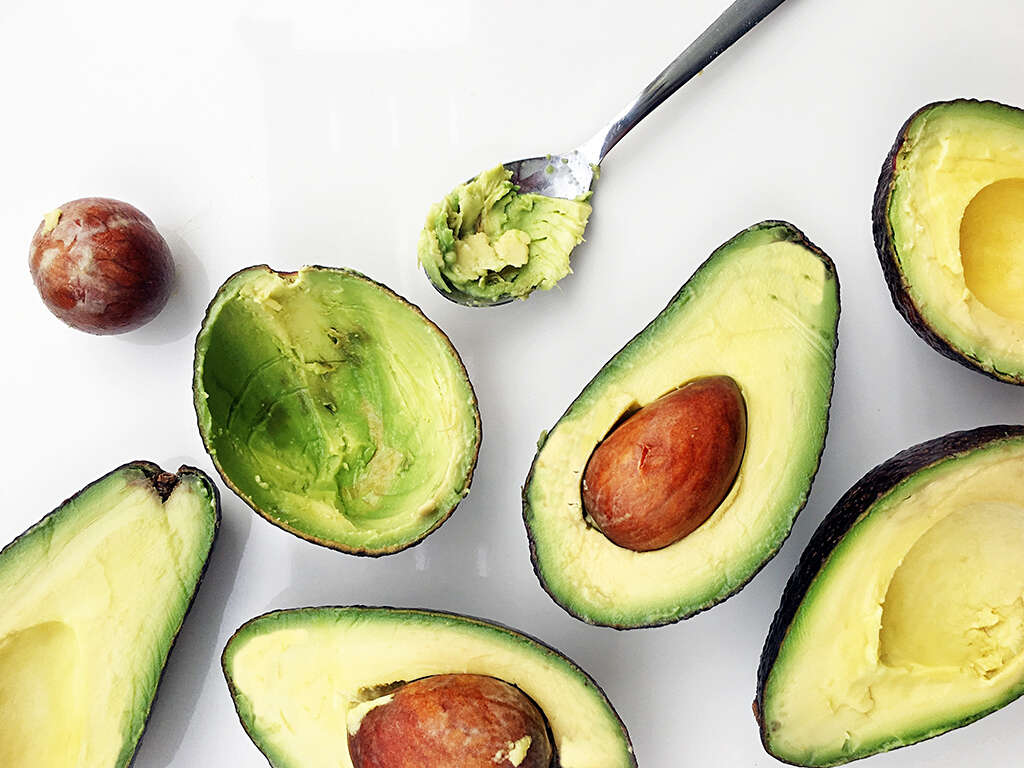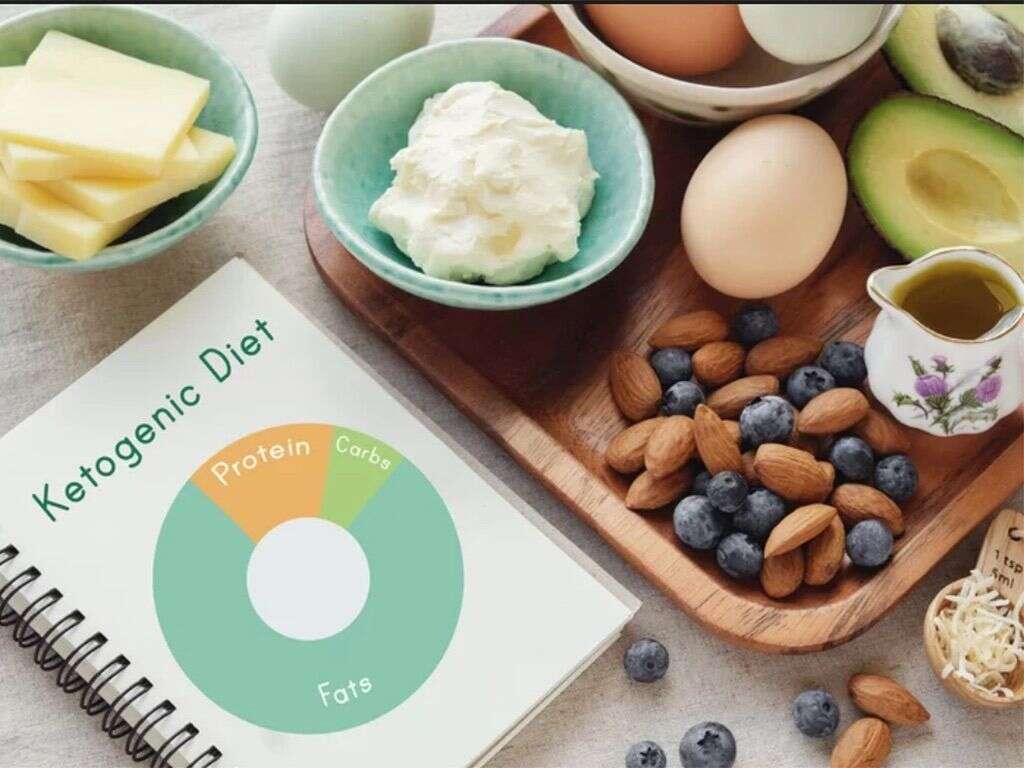BRAT Diet Benefits, Foods & More
 Article Sources
Article Sources
- 1. ’Gastroenteritis: First aid.’ Mayo Clinic. https://www.mayoclinic.org/first-aid/first-aid-gastroenteritis/basics/art-20056595
- 2. ’BRAT Diet: Recovering From an Upset Stomach.’ American Academy of Family Physicians. https://familydoctor.org/brat-diet-recovering-from-an-upset-stomach
- 3. ’Bland diet.’ MedlinePlus https://medlineplus.gov/ency/patientinstructions/000068.htm
- 4. ’BRAT Diet.’ The Oregon Clinic. https://www.oregonclinic.com/diets-BRAT
Nausea, vomiting and diarrhea can be caused by gastroenteritis, which occurs for several reasons, including viral infection, bacterial food contamination, parasites and side effects of certain medications. It may be possible to reduce the symptoms with a diet, while giving the digestive tract some rest.
The traditional BRAT diet addresses symptom relief and promotes recovery following gastroenteritis. The BRAT acronym stands for bananas, rice, apples and toast. It's also important to maintain good hydration. Water and electrolyte beverages, such as Pedialyte, may help while nausea and vomiting symptoms are occurring. Together, they may provide a starting point toward recovery from many gastrointestinal ailments.1’Gastroenteritis: First aid.’ Mayo Clinic. https://www.mayoclinic.org/first-aid/first-aid-gastroenteritis/basics/art-20056595
When Is the BRAT Diet Useful?
Gastrointestinal problems that include nausea, vomiting and diarrhea typically respond well to the BRAT diet. The ailment can last a day up to over a week. The BRAT diet is commonly used for the first few days, with a gradual return to regular foods as recovery continues.1’Gastroenteritis: First aid.’ Mayo Clinic. https://www.mayoclinic.org/first-aid/first-aid-gastroenteritis/basics/art-20056595
The BRAT diet has been used to recover from various infections that cause food poisoning, such as listeria and salmonella. C. difficile is another condition that causes an infectious illness tamong older adults, especially in nursing homes or hospitals. Its main symptom is severe diarrhea, leaving these patients vulnerable to nourishment and dehydration issues.2’BRAT Diet: Recovering From an Upset Stomach.’ American Academy of Family Physicians. https://familydoctor.org/brat-diet-recovering-from-an-upset-stomach
Benefits of the BRAT Diet
The BRAT diet consists of easily digested foods that may help soothe the GI system while providing bulk to make stools firmer. It's low fiber, starchy and bland, so it won't further irritate the stomach. Furthermore, it can help a person ease back into eating normally.
While the body moves from liquids to solid food after a bout of gastrointestinal symptoms, the BRAT diet may help the GI tract rest and eventually accommodate normal foods.3’Bland diet.’ MedlinePlus https://medlineplus.gov/ency/patientinstructions/000068.htm

BRAT Diet Drawbacks
The BRAT diet has been shown to lack many nutrients that help keep a body strong and facilitate a return to normalcy. While bananas, rice, apples and toast provide the bland diet the body needs and some of the nutrients, other foods can be consumed as well.
Canned fruit and low-fiber starches, such as saltines, and boiled or baked plain potatoes, can all be added to the diet. Drinking enough water is important to combat dehydration, and adding electrolytes can further help.3’Bland diet.’ MedlinePlus https://medlineplus.gov/ency/patientinstructions/000068.htm
What Foods Are Included in the BRAT Diet?
The basic BRAT diet includes bananas, rice, apples and toast. Baking the apples or making them into applesauce may make them more palatable. If other foods are added, they should be soft fruits, steamed or boiled vegetables, low-fiber starches, unseasoned chicken or turkey and nourishing drinks, such as apple juice and bone broth.
Homemade rehydration is a simple and cost-effective way to add beverages. Water with added sugar and Himalayan salt or coconut water can be good alternatives to commercially made drinks.2’BRAT Diet: Recovering From an Upset Stomach.’ American Academy of Family Physicians. https://familydoctor.org/brat-diet-recovering-from-an-upset-stomach

Foods To Avoid for Nausea, Vomiting and Diarrhea
Certain foods are best avoided when using the BRAT diet for diarrhea. Milk and most dairy products and fried, fatty, sugary and spicy foods don't belong in the BRAT diet. Raw vegetables and acidic foods such as citrus fruit may be irritating, as are high-fiber fruits and vegetables such as cauliflower, cabbage, cherries, berries, broccoli and onions.
The BRAT GI diet doesn't include alcohol, coffee and caffeinated sodas or extremely hot or cold beverages. Drinks should be served at room temperature.4’BRAT Diet.’ The Oregon Clinic. https://www.oregonclinic.com/diets-BRAT
The BRATT and BRATTY Diets
The BRATT diet is the same as the BRAT diet with the addition of weak, warm or cooled tea. Decaffeinated tea is best. The BRATTY diet adds yogurt to the BRATT diet. Plain yogurt without any sugary fruit may be helpful. Fruits such as applesauce or mashed banana can be mixed with the yogurt to improve its taste if desired.
Consuming yogurt offers the added advantage of supporting healthy intestinal flora, which may aid in managing diarrhea. Plain, unsweetened kefir is acceptable, as well.

The BRAT Diet's Place in the Recovery Plan
During the first stages of gastroenteritis or other GI problems, small sips of liquids with electrolytes can help keep the body's chemicals in balance. They can also help prevent dehydration, which is an uncomfortable and potentially dangerous condition, especially for young children and the aged.
Once vomiting stops, the BRAT diet may be started, with frequent small meals at first. As nausea and diarrhea subside, a person can gradually ease back into eating some foods that aren't on the BRAT diet.1’Gastroenteritis: First aid.’ Mayo Clinic. https://www.mayoclinic.org/first-aid/first-aid-gastroenteritis/basics/art-20056595
BRAT Diet for Children
Children with gastrointestinal problems can also benefit from the BRAT diet, but they may require different preparations than adults, depending on how many teeth they have. It's best to start with scraped apple or applesauce, rice and toast softened with water or broth.
Infants with nausea, vomiting and diarrhea should be seen by a pediatrician to check for more serious digestive problems, such as bowel strictures. Once these are ruled out, babies can nurse with no solid food until symptoms subside.2’BRAT Diet: Recovering From an Upset Stomach.’ American Academy of Family Physicians. https://familydoctor.org/brat-diet-recovering-from-an-upset-stomach

BRAT Diet for Older Adults
Seniors may have difficulty eating some BRAT diet ingredients because of tooth or swallowing problems. For these people, the BRAT diet can be adapted with preparations similar to a young child's until the individual tolerates more solid foods.
Dehydration is especially dangerous for older people because their bodies may not compensate for the lack of fluids. They may be reluctant to drink fluids but should be encouraged to take small, frequent sips. Popsicles and gelatin may be good substitutes for water or other liquids.2’BRAT Diet: Recovering From an Upset Stomach.’ American Academy of Family Physicians. https://familydoctor.org/brat-diet-recovering-from-an-upset-stomach
Summary
Medical practitioners, especially pediatricians, used to prescribe the BRAT diet for many years. Only recently have providers begun to question the benefits of the diet because it lacks many nutrients and can't be used long term.
Various foods and textures can be added to the BRAT diet to increase nutrition during recovery from nausea, vomiting and diarrhea. These bland, low-fiber foods may help decrease the symptoms a person is experiencing and recover as quickly as possible from the illness.










